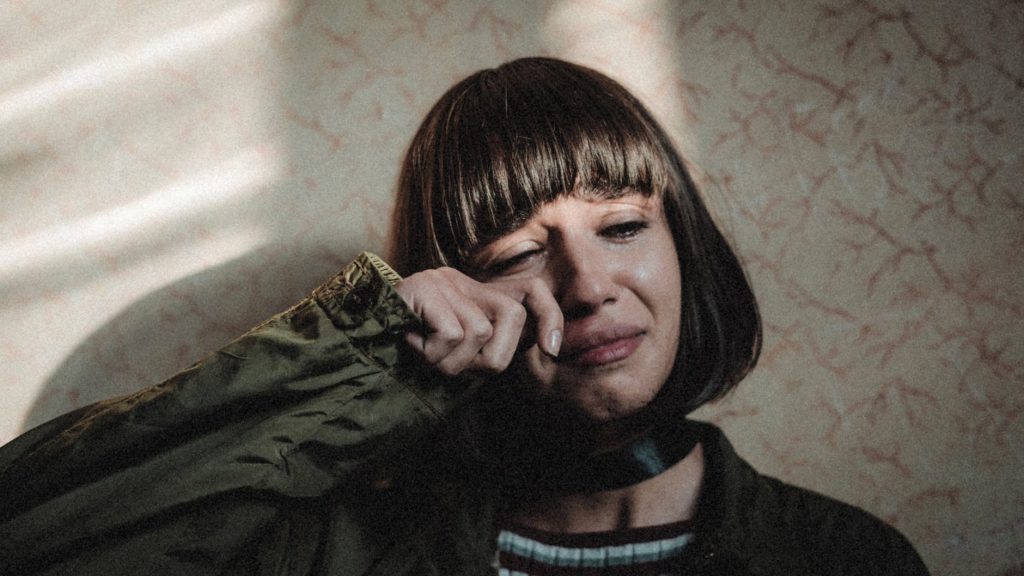How To Make Better Habits and Get Rid of Bad Ones

Habits have a way of sneaking up on us. They start can start out as momentary slip-up and transform into an established routine. But, not all habits are bad. Some can be moderate, like leaving errant shoes in the hall or dishes in the sink. Luckily, these are pretty easy to break, but it is usually the more inconvenient or unfavorable ones that are harder.
Bad habits are difficult to break because they become hardwired into our brains. Neuroscientists have traced our habit-making behaviors to the basal ganglia– a region also responsible for the development of your emotions, memories, and pattern recognition. Most habits start off in the prefrontal cortex as a decision. It is the basal ganglia that transforms a choice into automatic behavior. For a habit to stick it goes through a three-part psychological pattern called a habit loop. The first step is the trigger, which prompts your brain to execute the behavior. The next step is the behavior itself, and lastly, a reward, which encourages that the behavior is repeated in the future.
Luckily, habits are changeable. Here are a few ways to get rid of your bad habits and make better ones.
- Identify the habit’s structure.
The first step to changing a habit is identifying it. There are many actions that we do without even thinking. For example, biting our nails or fidgeting. Even though they are self coping mechanism triggered by an emotion, you may have given it free rein to become a habit. Some behaviors can become so ingrained that you no longer see it as a habit. So, take a moment to reflect on some of your bad habits and make a determined effort to change them
- Find the triggers.
Now that you know what you want to work on, figure out what triggers it. Is it an emotional response or a situation? Typically, triggers fall into one of these five categories:
- Place
- Time
- Emotional state
- Other people
- Preceding actions
Figure out under what kind of circumstances do you usually engage in that habitual behavior. Then, make it harder for yourself to do it. For example, if you have a habit of having the TV while you study, change your study location or move the TV out. Learning to identify your triggers prevents you from going into autopilot. Some triggers are emotional. If you feel like your trigger is emotional, take a second to assess what you are feeling at that moment. Reach out to someone you trust who can help you handle the emotions you are feeling or try to remove yourself from the environment that is triggering the emotions.
- Eliminate the reward.
Whenever you want or like something, your brain releases dopamine. This same chemical is released when you indulge in a habit. That is why habits are so painful to break. However, to can override the habits’ reward system by penalizing the bad habit and rewarding yourself every time you do not engage. If, for example, you eat sweets whenever you are stressed, you can replace the cookies with a brisk stroll to deal with the stress and treat yourself to a healthy fruit smoothie when you get home.
- Take baby steps.
Eliminating a bad habit does not happen overnight. It takes patience and consistency. Take baby steps. Break down the habit into small changeable doable behaviors. For example, if you have a habit of sitting on that couch at dinner time, maybe make a habit of having the dining table clean. Not only will you feel good that you cleaned, but it will make it easier for you to achieve your goal. Making these small positive behavioral changes will keep you motivated and inspired to change the bad habit altogether.
- Change the environment.
Psychologists believe that the environment plays an essential role in the habit formation process because it provides you with cues on how you should behave. So, if you are having trouble getting rid of a bad habit, change the environment. According to Charles Duhigg, author of The Power of Habit, the best time to change a bad habit is during vacation.
It makes sense. A vacation takes you out of your regular environment, changes your daily routine, and eliminates your established environmental cues. Next time you are on vacation, take advantage of it to replace a bad habit.
- Find a substitute.
You technically do not get rid of a habit, you replace it. Develop a better alternative to what you are already doing. For example, if you know that certain social situations stress you out and subsequently lead you to drink a bit too much, go with a friend or stick to drink mocktails. Creating a plan will help you identify the bad habit and react faster when it creeps up on you.
Replacing your bad habits with better ones is not easy. It is a process that takes time. Remember to be kind and compassionate to yourself throughout the process and go in with a plan. Make a list and visualize the new behavior you hope to engage in. Use a prompt or enlist the help of a friend if you feel you need it.
Sources:
Haden, Jeff. “Change Any Habit Painlessly: 6 Tips.” Inc.com, Inc., 30 Nov. -1, www.inc.com/jeff-haden/change-any-habit-painlessly-6-tips.html.
Pinola, Melanie, and Elizabeth Yuko. “The Best Ways to Break Bad Habits.” Lifehacker, Lifehacker, 8 Oct. 2019, lifehacker.com/top-10-ways-to-break-bad-habits-1694247761.
Ryback, Ralph. The Science of Accomplishing Your Goals. 3 Oct. 2016, www.psychologytoday.com/us/blog/the-truisms-wellness/201610/the-science-accomplishing-your-goals.
Taibbi, Bob. “How to Break Bad Habits.” Psychology Today, Sussex Publishers, 15 Dec. 2017, www.psychologytoday.com/us/blog/fixing-families/201712/how-break-bad-habits.



Responses